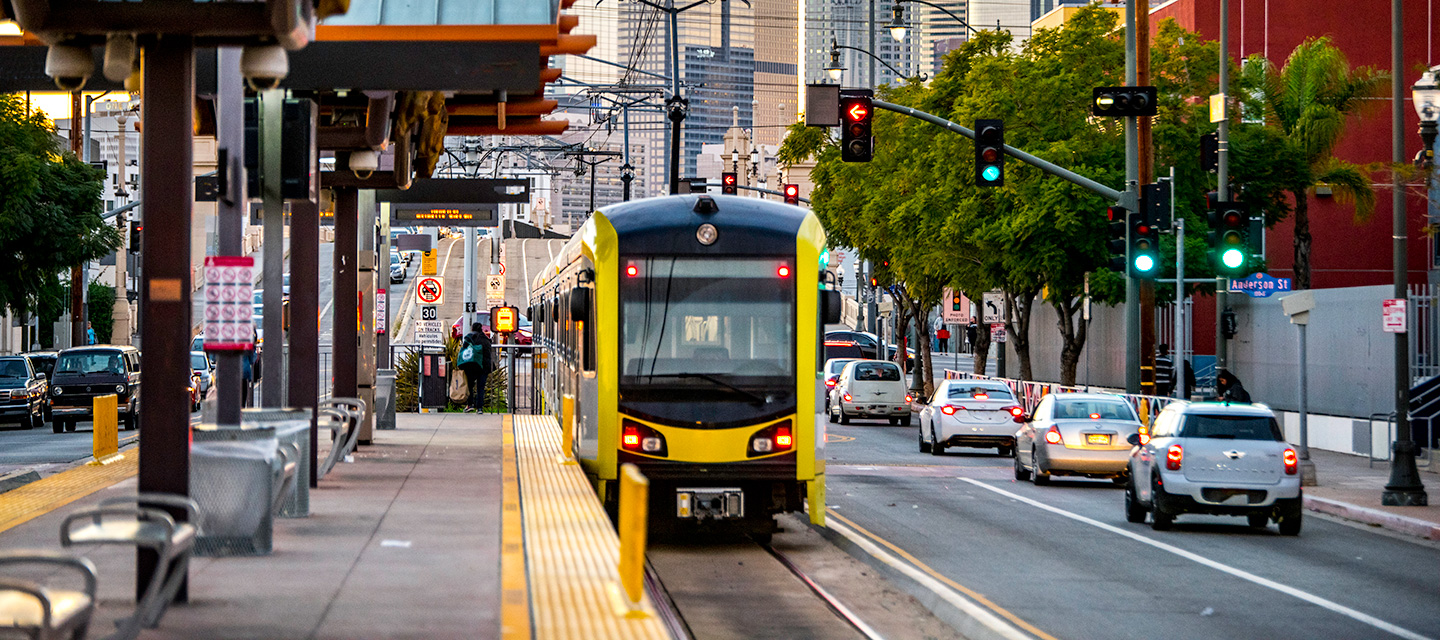Funding Will Also Support Rail Safety and Accessibility
The Bipartisan Infrastructure Law (BIL) will provide a substantial boost in funding for our nation’s railways, including Amtrak and regional transit networks. New federal spending includes $66 billion for passenger and freight rail improvements designed to help make this mode of travel safer and more reliable, resilient, sustainable, and equitable.
The funding will aid in consolidated rail infrastructure and safety improvements, railroad crossing elimination, federal-state partnerships for intercity passenger rail, and restoration and enhancement projects. Amtrak will see an unprecedented increase in funding, enabling America’s only national passenger rail service to expand for the first time in decades. The success of this expansion, anticipated to include nearly 40 new routes, hinges on negotiating track access with private railroad companies. A model for this lies in Amtrak’s partnership with CSX in Virginia, where a major expansion has been announced.
Expanding Operations and Reducing Liability
The Amtrak funding will also support significant improvements to existing networks, including those in the Northeast Corridor. Priorities include track, platform, and station rehabilitation; new equipment; and a host of upgrades to meet Americans with Disabilities Act (ADA) requirements. State and regional transit agencies such as the New York Metropolitan Transit Authority and NJ TRANSIT will also see significant investments to fund repair work, signal improvements, and ADA compliance upgrades. On the West Coast, California will receive nearly $10.2 billion in BIL funding over the next five years to enhance its public transportation systems. Priorities will include continuing the construction of the nation’s first high-performance, statewide rail system, which will feature electric train sets capable of speeds in excess of 200 miles per hour. The California High-Speed Rail Authority currently has 119 miles under construction in the Central Valley, with plans to expand the network farther.
Efforts are also underway to complete a broad array of transit improvements in the Los Angeles area in advance of the 2028 Olympics. The Los Angeles County Metropolitan Transportation Authority has numerous projects under construction, including a subway extension, a light-rail line, and an underground connector that will link multiple rail lines beneath the downtown area.
Surveys point to a national preference for more public transportation options for commuting and long-distance travel.”
Steve Santoro
 Dewberry is currently supporting the Anaheim Transportation Network with its ambitious plans to improve public transit in advance of the 2028 Olympics in Los Angeles.
Dewberry is currently supporting the Anaheim Transportation Network with its ambitious plans to improve public transit in advance of the 2028 Olympics in Los Angeles.
Challenges Ahead: Advancing Projects and Attracting New Riders
Transit and transportation agencies from coast to coast will face a number of challenges to expedite improvement projects within the BIL’s five-year funding timeframe. Locating experienced engineers and contractors, addressing a shrinking labor force due to retirements within the agencies, and the need for fast-tracked project schedules will place additional burdens on operations. These challenges will require agencies and their consultants and contractors to be creative and collaborative and will often lead to the selection of alternative project delivery methods such as design-build to move projects forward quickly. It will also be important to engage private developers in planning processes to help bring integrated, multimodal systems to communities.
The success of transit systems nationwide depends heavily on expanding ridership. Although the pandemic and a recent surge in telecommuting led to decreases in ridership over the past two years, surveys point to a national preference for more public transportation options for commuting and long-distance travel. Navigating changes in ridership as well as funding deadlines will require rail and transit agencies to be nimble and proactive in their response so they can retain riders and attract new users to passenger rail systems.
As always, transit agencies must put customer needs first. Riders expect rail service to be safe, clean, accessible, and easy to navigate, and to get them where they want to go when they want to get there. The new federal funding available through the BIL should go a long way toward bringing these systems up to date and attracting riders back to pre-pandemic levels and beyond.
Update: The U.S. Department of Transportation (DOT) published the Rebuilding American Infrastructure with Sustainability and Equity (RAISE) Notice of Funding on December 14, 2022, soliciting applications for grants.